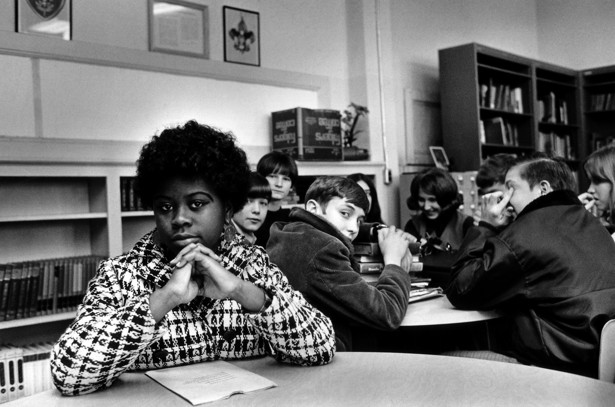

Those four were Wyoming, Kansas, New Mexico, and Arizona. Four others permitted school boards to segregate. At the time of the Brown oral argument, 17 states in the Union provided for separate schools for white and black children. Belton from Delaware, to take their fight to the U.S. Sharpe from the District of Columbia and Gebhart v.

County School Board of Prince Edward County, Virginia Bolling v. When the Board of Education failed to terminate segregation as requested, black Topekans, joined by the NAACP, and several other cases: Briggs v. They were assisted in this effort by volunteers from the Menninger Foundation.

A petition to the school board was drafted and a number of African American citizens began the difficult but successful effort to collect necessary signatures. They began to develop their challenge in 1950 with Topeka attorneys Charles Scott, John Scott, and Charles Bledsoe. The plaintiffs in Topeka did not charge that the schools' facilities their children attended were inferior, but that segregation itself did psychological and educational damage to black children forced to attend schools isolated from the other children in the community. In many states African American students were placed in schools that were inferior to those attended by white children. Board of Education of Topeka, involved a Kansas statute permitting racial segregation in some of the state's elementary schools. Supreme Court declared that "separate but equal" education facilities are "inherently unequal," and that segregation in the schools is, therefore, unconstitutional. They filed the suit hoping that the school district would change its policy of racial segregation.On May 17, 1954, by unanimous vote, the U.S. The plaintiffs consisted of 13 parents of 20 children who attended the Topeka School District. Ruling: "Separate but equal" educational facilities, segregated on the basis of race, are inherently unequal and in violation of the Equal Protection Clause of the Fourteenth Amendment.Ī class action suit was filed against the Board of Education of the city of Topeka, Kansas in the United States District Court for the District of Kansas in 1951.



 0 kommentar(er)
0 kommentar(er)
